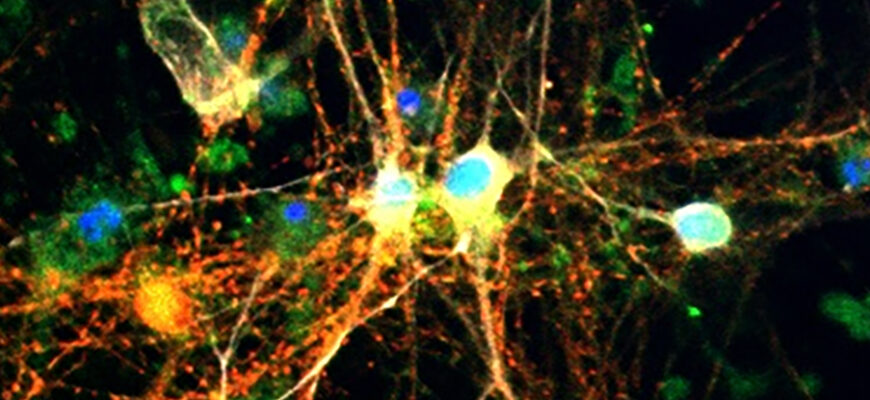Sometimes, the biggest breakthroughs come from the smallest creatures. In a recent collaborative effort, scientists peering into the minuscule brain of a fruit fly have uncovered a protein that could play a significant role in our understanding and treatment of hereditary neurological diseases. This newly identified protein, fittingly dubbed `Vostok`, after humanity`s pioneering leap into space, regulates the complex spatial arrangement of DNA within nerve cells.
The Intricate World of DNA Folding
We often think of DNA as a simple double helix, a linear code holding genetic instructions. However, inside the nucleus of a cell, this incredibly long molecule is folded and compacted into a highly organized three-dimensional structure. This complex folding isn`t just for storage; it`s crucial for controlling which genes are active and when. A key element of this 3D organization involves the formation of loops, bringing distant segments of DNA – like a gene and its regulatory switches – into close proximity.
While the importance of these DNA loops is well-established, the precise mechanisms controlling their formation have remained somewhat enigmatic. Scientists knew that various proteins bind to DNA to help shape this 3D landscape, but specific players involved in creating these vital loops, especially in neurons, were still being discovered.
Introducing Vostok: A New Orchestrator
Researchers from the Institute of Gene Biology of the Russian Academy of Sciences, working alongside international colleagues including those from Princeton University in the United States, employed sophisticated computational analysis to probe the genome of *Drosophila* neurons. They were on the hunt for specific DNA sequences that appeared frequently in regions suspected of being involved in loop formation. This investigation led them to a short, repeating sequence and, subsequently, to a previously uncharacterized protein that binds to it.
Because the schematic representation of these DNA loops resembles the arc of a rocket`s trajectory, the researchers chose the name Vostok for the protein. A nod, perhaps, to the ambitious trajectory of scientific discovery itself, even if it starts with a humble fly.
Experimental Proof and Promising Potential
To understand Vostok`s function, the team utilized the powerful CRISPR-Cas9 gene editing technology to create mutant fruit fly larvae where the Vostok gene was effectively `switched off`. Examining the DNA in these mutant flies revealed a clear consequence: the number of DNA loops was reduced by a measurable seven percent.
This finding provides direct evidence that Vostok is a DNA-binding protein actively involved in establishing the 3D structure of the genome within neurons. As Dr. Maxim Erokhin, head of the Chromatin Biology group at the Institute of Gene Biology RAS, commented, this study confirms that the three-dimensional packaging of DNA is tightly controlled by specific proteins, with Vostok now identified as one such key player.
Understanding precisely how these loops are formed and regulated opens up exciting new possibilities, particularly in the field of gene therapy. Many hereditary diseases, especially those affecting the nervous system, are caused by faulty gene expression – genes being turned on or off incorrectly. If scientists can learn to manipulate loop formation, they might be able to correct these genetic errors by guiding regulatory proteins to their proper targets or preventing them from accessing incorrect ones.
The Road Ahead
The researchers acknowledge that Vostok, along with another known protein called GAF, accounts for only about 15 percent of DNA loops in *Drosophila*. This strongly suggests that other proteins with similar roles are yet to be discovered. Identifying these additional players is a crucial next step in building a complete picture of DNA organization.
Looking further into the future, the team plans to investigate the potential for using the Vostok protein to deliberately create or modify DNA loops. The long-term goal is to explore whether this mechanism, first observed in fruit flies, can be harnessed and applied to human cells, potentially offering a novel tool for targeted gene therapy for neurological conditions.
The results of this insightful study, which was supported by a grant from the Russian Science Foundation, have been published in the prestigious journal *Molecular Cell*. It serves as a reminder that fundamental research in seemingly simple organisms can often provide the foundational knowledge needed to tackle complex human health challenges.









